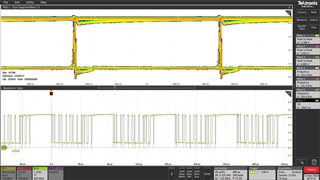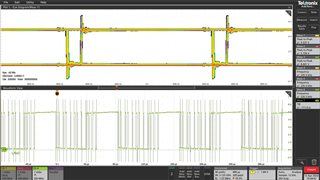Hello,
I am looking for a possible replacement for the PCA82C251T/YM,118 (NXP) circuit and we would like to use your component SN65HVD251DR. The circuit connection is in the appendix. I would need to justify why when replacing components in the circuit, there be more interference on the edges of the signal than when using the original component (see figure below)
.
Thanks for the anwers.
Best regards
Karel Skočík



